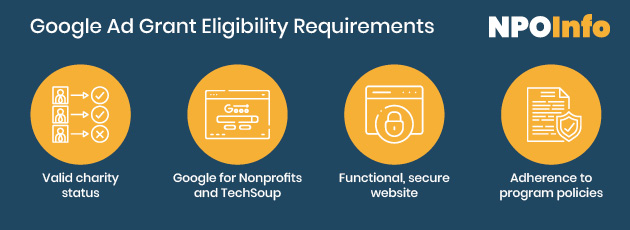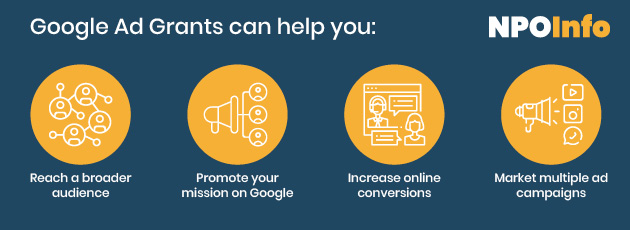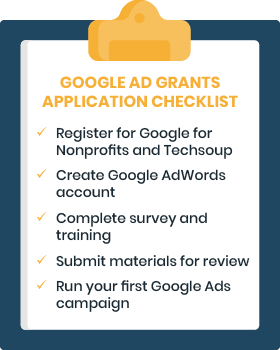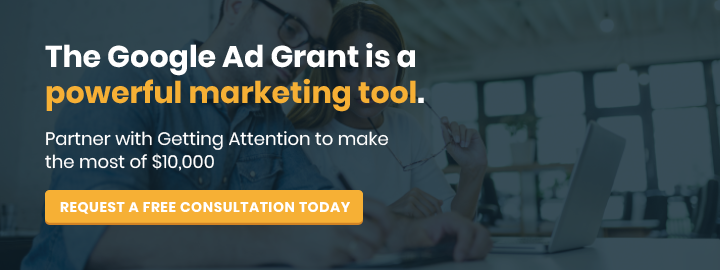Volunteer Grants and Paid Volunteer Time Off FAQ: Transforming Corporate Volunteering into Revenue
For many nonprofits, a dedicated volunteer base is just as valuable as a strong donor list. Yet, organizations frequently overlook the financial potential hidden within those service hours. According to industry statistics gathered by Double the Donation, 40% of Fortune 500 companies offer volunteer grant programs, and 80% of companies with such programs provide between $8 and $15 per hour volunteered). Corporate volunteering programs, specifically volunteer grants and paid volunteer time off (PVTO), bridge the gap between service and revenue by monetizing the time supporters already give.
In this guide, we will define these essential workplace giving mechanisms and explain how they differ from standard matching gifts. We will also discuss how fundraising software can help you track hours, verify grant eligibility, and capture the funds your organization deserves.
1. What are volunteer grants and paid volunteer time-off (PVTO) programs?
Both of these programs are mechanisms that allow your organization to monetize volunteer time. They convert hours of service into unrestricted revenue, effectively turning your volunteers into donors, often without them having to open their own wallets.
Here is the distinction between the two:
- Volunteer Grants (or “Dollars for Doers”): These are corporate donations awarded to nonprofits after an employee volunteers a specific number of hours. For example, a company might donate $25 for every hour an employee volunteers.
- Paid Volunteer Time-Off (PVTO): This is a corporate benefit where employees are given paid time during their workday to volunteer. While this primarily provides your nonprofit with reliable manpower, many companies combine PVTO with volunteer grants, meaning you get both the help and the check.
The volunteer or supporter is responsible for initiating the process of applying for these grants.
- The volunteer logs hours: The supporter tracks their time.
- The volunteer submits the request: They log into their employer’s CSR portal to request the grant.
- The nonprofit verifies: You receive a notification to verify that the hours were served.
- The company issues funds: Once verified, the corporation sends the check to your organization.
Because the onus is on the supporter to submit the request, the key to unlocking this revenue is education. If your volunteers do not know their hours are worth money, they cannot submit the request that generates it.
2. How do volunteer grants differ from matching gifts?
While both programs are forms of corporate philanthropy designed to support the causes employees care about, the fundamental difference lies in the trigger:
- Matching gifts monetize an employee’s financial support (e.g., matching a $100 donation with another $100).
- Volunteer grants monetize an employee’s time (e.g., granting $500 for 20 hours of service).
Despite the difference in what is being matched, the submission process for the donor is similar. In both scenarios, the employee must first support a nonprofit, whether by giving time or money. Once that action is complete, they can then submit a request through their employer for the grant or match to be issued.
Many companies offer both programs, creating multiple revenue streams for nonprofits. However, because the onus is on the supporter to initiate the request after the fact, both programs suffer from low participation rates simply because supporters do not know they exist, which leads to missed opportunities.
3. Which companies typically offer volunteer grants or PVTO programs?
While tech giants often make the headlines, the reality is that businesses of all sizes and across all industries offer volunteer grants and paid volunteer time off (PVTO). Many also offer PVTO as part of employee benefits packages. Companies like Microsoft, Google, and Apple are examples that support both programs.
Your nonprofit can increase revenue by encouraging volunteers to submit hours for grant funding. To streamline this process, many nonprofits implement fundraising software that connects their supporters to specific information on their company’s program and direct links to submit requests. This makes it easier for nonprofit supporters to discover their eligibility and submit requests while saving nonprofit teams time.
4. How much funding can nonprofits receive from volunteer grants?
Volunteer grant amounts vary depending on employer policies and hours logged. While grants typically range from $250 to $1,000 annually per employee, you can receive significantly more funding if you are a large nonprofit with engaged employee bases. You can estimate potential revenue by tracking volunteer hours and eligible employees.
5. How do nonprofits track volunteer hours for grant eligibility?
Accurate tracking is the “proof of purchase” required to secure these funds. It is important to remember that while the volunteer is responsible for logging into their employer’s portal to submit the grant request, the nonprofit must be able to verify that those hours actually occurred.
If your records are messy or nonexistent, you may be unable to verify the request when the corporate check comes through, resulting in lost revenue. For verification-ready tracking, you can utilize a digital volunteer management system (VMS) or CRM to maintain a centralized log of volunteer activity. Start capturing employment data by including an “employer” field on your digital liability waivers or sign-up forms. Lastly, maximize your revenue by connecting your VMS or CRM with a fundraising tool that provides automated reporting and actionable workplace giving insights. By doing these steps, you can identify which volunteers work for grant-eligible companies, reduce staff workload, and promote these volunteering initiatives.
6. What challenges do nonprofits face with volunteer grant programs?
The single greatest challenge facing volunteer grant programs is the gap in awareness. Millions of dollars in grant revenue go unclaimed every year simply because well-meaning volunteers do not realize that their time is monetizable.
This awareness gap is compounded by data blind spots within the nonprofit itself, such as incomplete supporter data. Most organizations track who volunteered, but rarely where those individuals work. Because you lack this employer data, you cannot proactively notify eligible supporters or provide them with the specific submission forms they need. This leads to missed revenue opportunities.
To overcome this, your nonprofit must prioritize employer data collection during the volunteer registration process. Once you know where a supporter works, you can use a fundraising software like Double the Donation to instantly match them against a database of corporate programs. This allows you to provide the specific support, such as direct links to their company’s portal, that empowers them to submit the request and secure the funds.
7. How can nonprofits encourage supporters to participate in volunteer grants?
Additionally, integrating an effective fundraising plugin allows your supporters to search their employer’s volunteer grant program instantly.
Your nonprofit can also educate supporters via website banners, email campaigns, and social posts. If you conduct recognition programs and impact storytelling, you can motivate volunteers to log hours. Many nonprofits combine volunteer opportunities with matching gift promotion for maximum impact.
The most effective strategy is to meet your volunteers where they already are. Rather than pushing supporters to navigate to a new volunteer grant or PVTO page, you should integrate volunteer grant discovery directly into your existing volunteer page.
- Embed a search tool on your sign-up forms: When a supporter visits your site to sign up for a shift, they are already in a “giving” mindset. By embedding a fundraising plugin directly on this page, you allow them to search for their employer and discover their grant eligibility instantly, without leaving the registration flow.
- Use contextual prompts: Frame the tool as a way to increase their impact. Place a simple banner or text above the search tool that says: “Do you work for companies like Verizon or CVS? Your 10 hours of service today could result in a $250 donation to our cause. Check your eligibility below.”
- Automate the “ask”: Manual reminders aren’t scalable. Utilize your fundraising software to automatically include a volunteer grant search link in your post-event thank-you emails. This catches the volunteer at the moment they feel good about their service, making them more likely to take the extra step to submit a grant request.
Boost Corporate Revenue Through Corporate Volunteering
Securing funding through volunteer grants requires proactive donor stewardship and clear communication. When you equip your supporters with the knowledge they need to check grant eligibility, you turn standard service days into substantial financial contributions.
To get started, we suggest reviewing your current volunteer orientation materials to ensure these corporate programs are mentioned early in the onboarding process. Even a brief mention during training can significantly increase participation rates.
To learn more about corporate volunteering and other forms of workplace giving, explore more resources from Double the Donation and implement best practices, streamline processes, and capture more volunteer grants today.



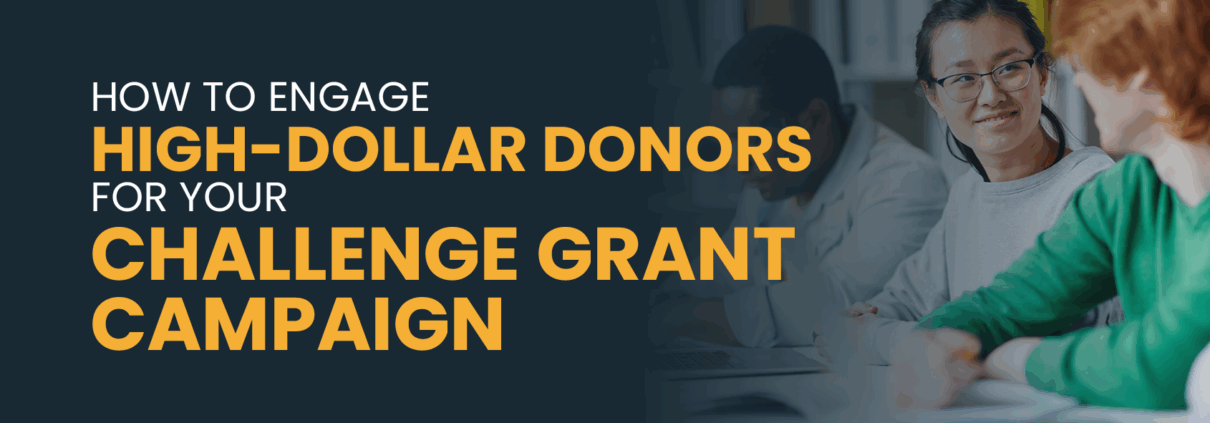
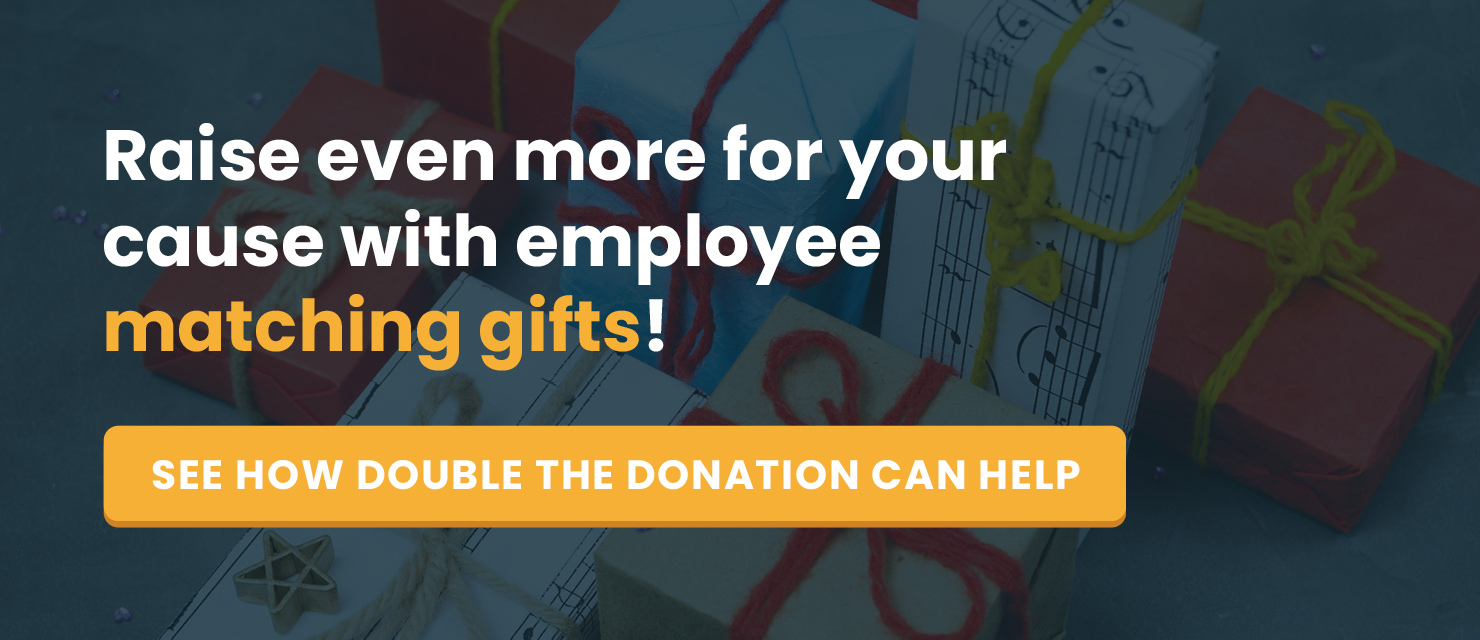
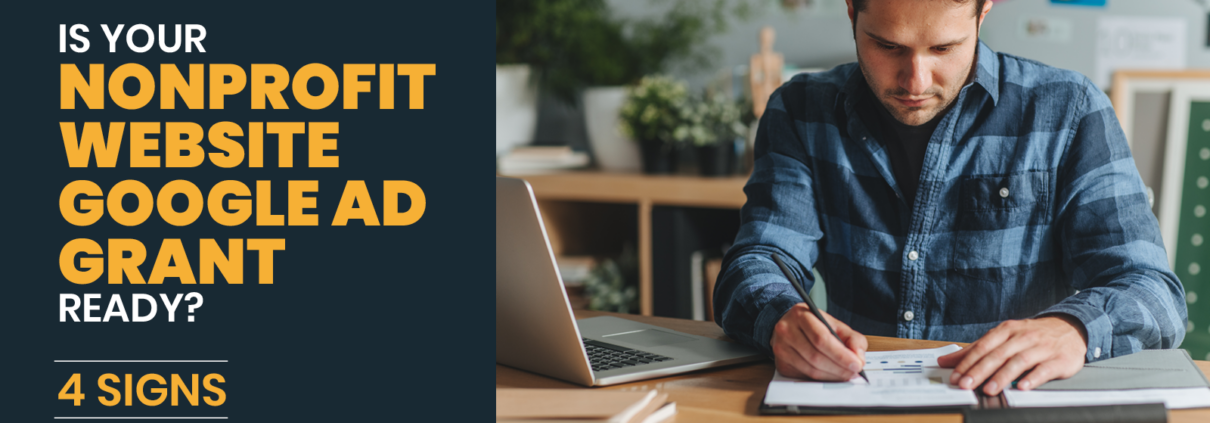
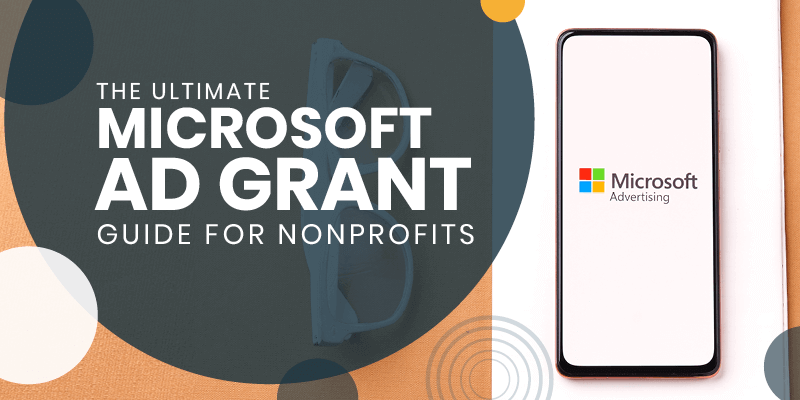

 What Is a Microsoft Ad Grant?
What Is a Microsoft Ad Grant?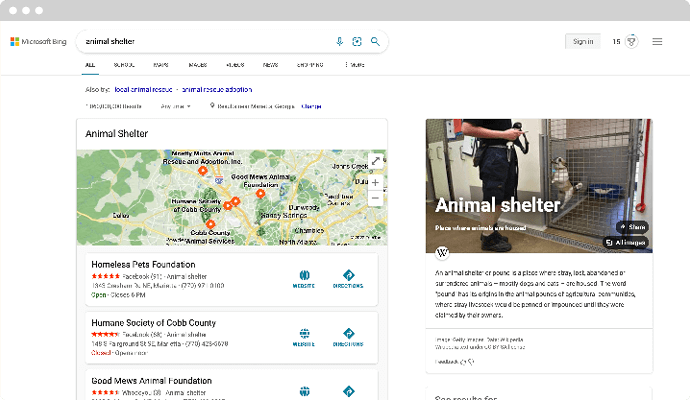
 Why Should My Organization Use Microsoft Ad Grants?
Why Should My Organization Use Microsoft Ad Grants?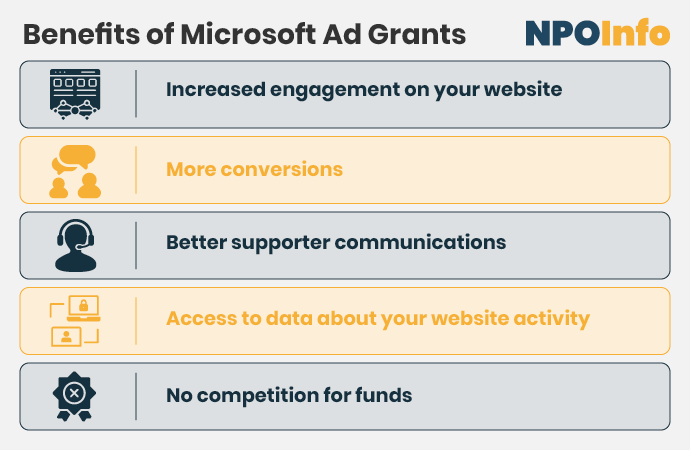
 How Can My Nonprofit Use Its Microsoft Ad Grant?
How Can My Nonprofit Use Its Microsoft Ad Grant?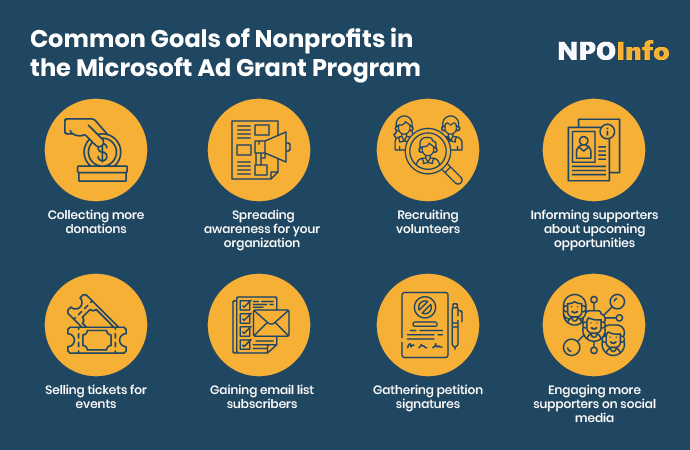
 How Do I Know If My Organization Is Eligible for the Program?
How Do I Know If My Organization Is Eligible for the Program?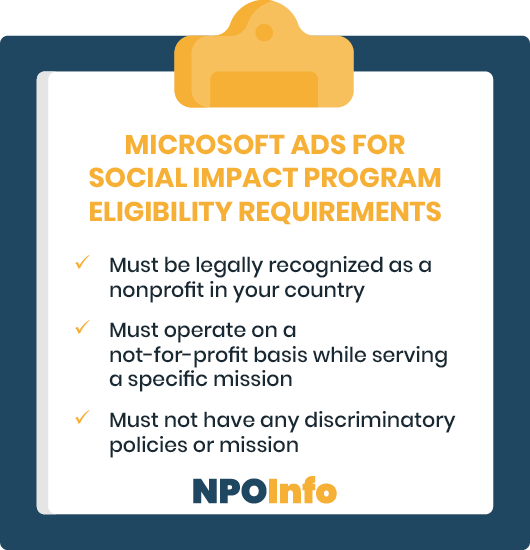
 How Do You Apply for Microsoft Ad Grants?
How Do You Apply for Microsoft Ad Grants? How Do I Optimize My Microsoft Ad Campaigns?
How Do I Optimize My Microsoft Ad Campaigns?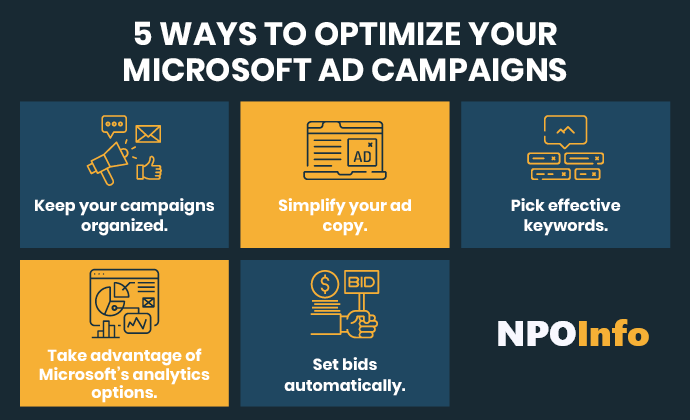
 What If I Need Help Managing My Microsoft Ad Grant Account?
What If I Need Help Managing My Microsoft Ad Grant Account?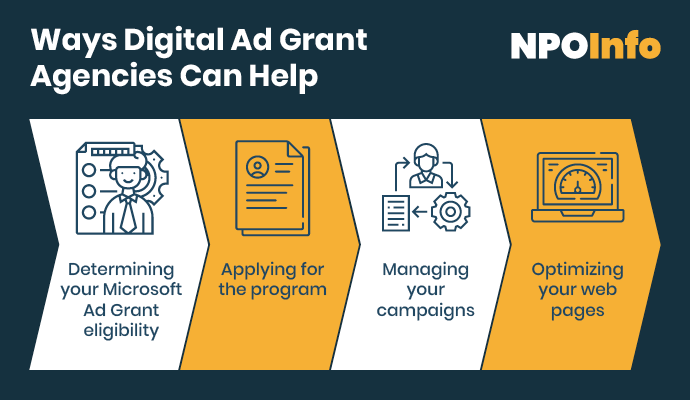
 Additional Resources
Additional Resources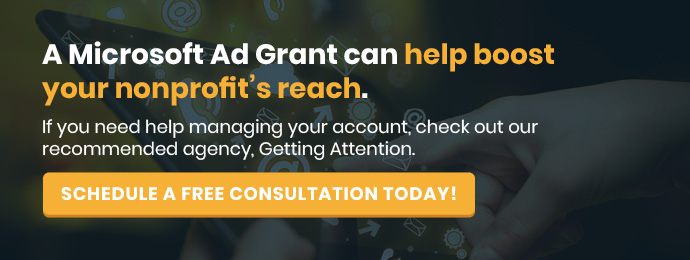
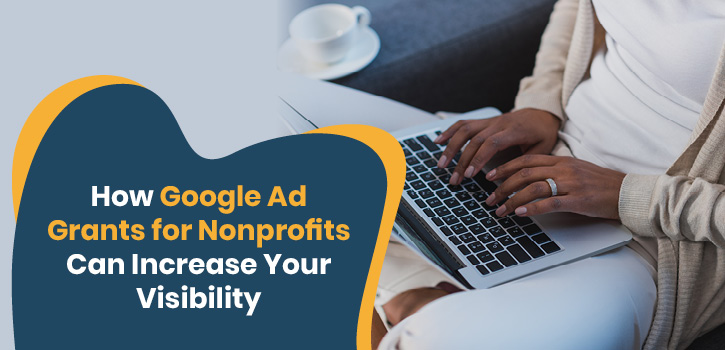


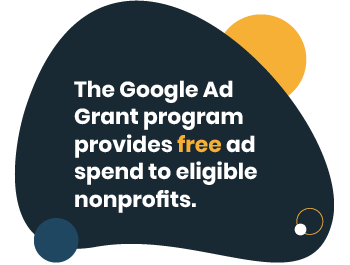 The
The 
